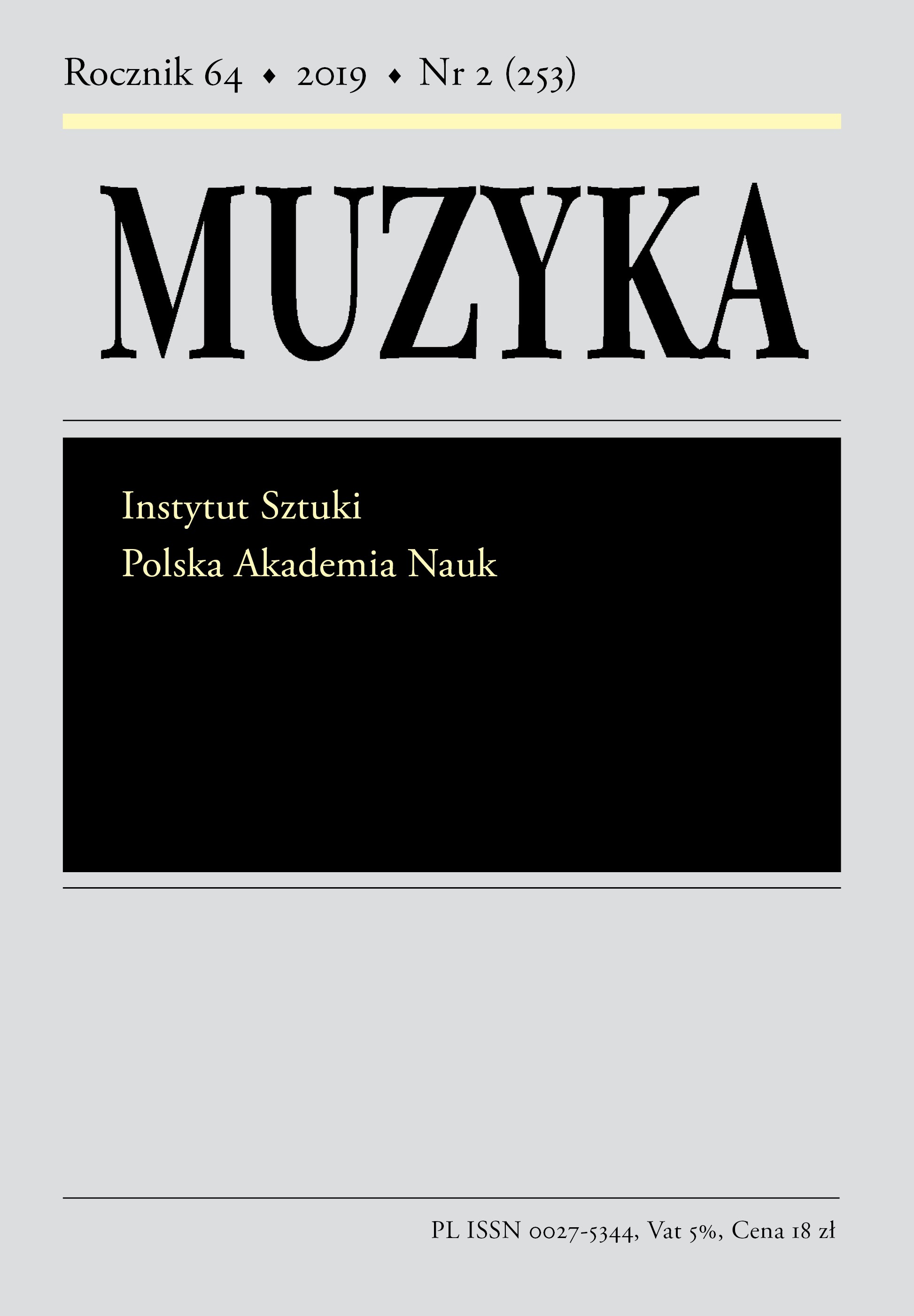Pasja chorałowa ze zbioru kazań kanoników regularnych kongregacji laterańskiej w Kraśniku
Plainchant Passion from the sermon collection of the Canons Regular of the Lateran in Kraśnik
Author(s): Irina ChachulskaSubject(s): Music
Published by: Instytut Sztuki Polskiej Akademii Nauk
Keywords: plainchant Passion; Passion tone; hymnbook (cantionale); 15th-century music
Summary/Abstract: The present paper presents a previously unknown composition from a manuscript kept at the Library of the Metropolitan Seminary in Lublin (shelf mark Rkps 14; siglum PL-Ls 14; old shelf marks 235, B 13, B 17), which appears to be the oldest music work of this kind found in a Polish source (dated to 1411), most likely from theLesser Poland region, like all the other sources of Polish plainchant Passions known to date. The codex is not a book of sheet music, but a collection of sermons. The St Matthew Passion (fol. 165r–172v) is the only music composition found in this source. According to a 17th-century note found on the first folio of this manuscript (PL-Ls 14, fol. 1r), the book belonged tothe Canons Regular of the Lateran in Kraśnik.The Passion melody found in PL-Ls 14 is based on the F tone – applied exclusively in Passions found in Polish sources. The composition abounds in typical formulas, but also in their melodic variants derived from modifications commonly introduced to adapt the model melodies. A large proportion of the modifications clearly result from the varying length of the text with which the typical formula is associated, or from the pattern of accents. However, the use of a given modification in a typical formula is not always determined by the changing number of syllables or by the arrangement of accents. In some cases, melodic modifications are introduced without such a justification, rather as a means of diversifying the musical setting. Comparative studies of the Passion melodies from the Kraśnik codex and from the other sources of Polish provenance prove that the Kraśnik Passion matches very well the previously known plainchant Passion repertoire from this area. Despite the evident similarity of melodic structures in works found in the Polish sources, which are based on the same modal framework (f¹–c²–f²), each of the settings has its own individual qualities as well, resulting from the way this framework was adopted in the given work.
Journal: Muzyka
- Issue Year: 64/2019
- Issue No: 2
- Page Range: 103-123
- Page Count: 21
- Language: Polish

